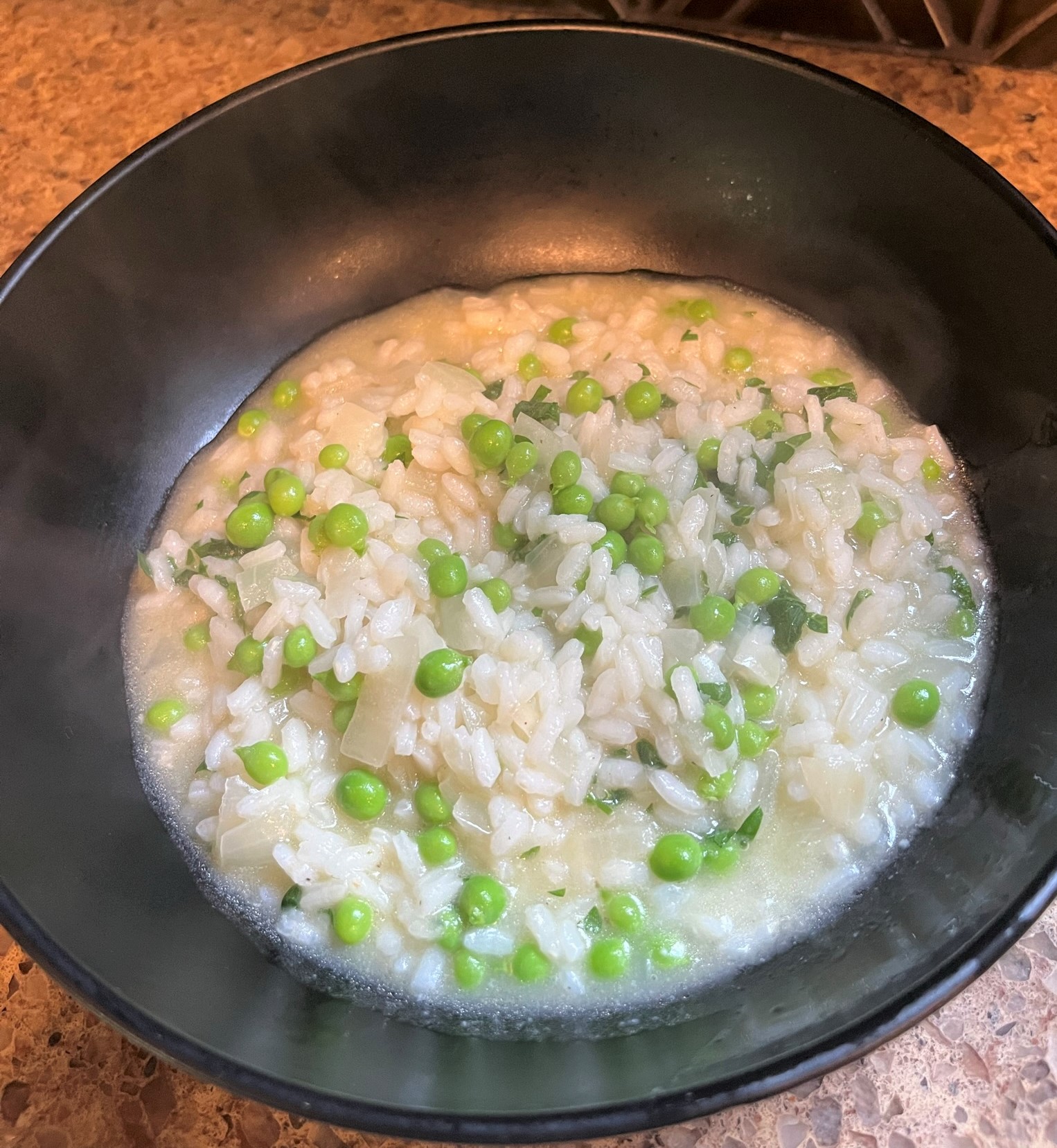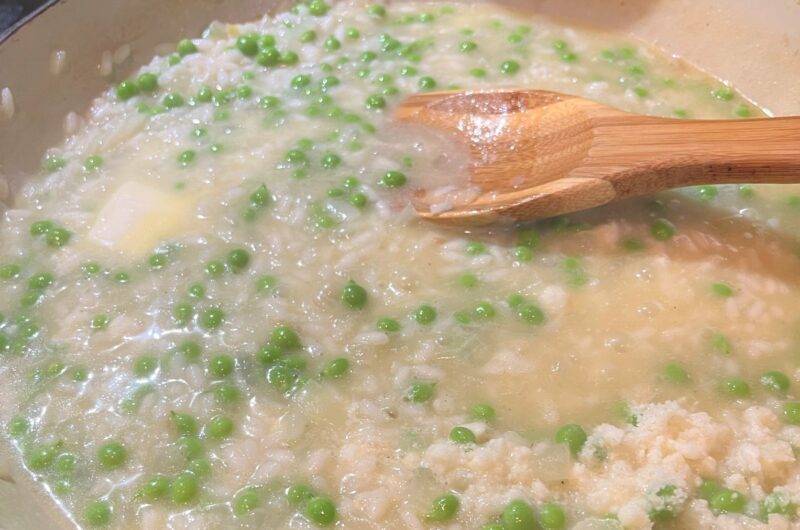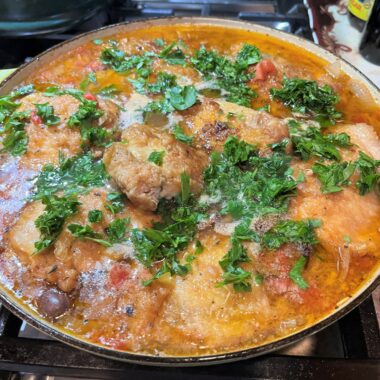
This dish is so worth it.
Risi e Bisi translates to rice and peas. Currently, fresh peas are in their gorgeous green glory in the farm markets in my parts. If you can get your hands on the cute little pods of deliciousness, please please do so.
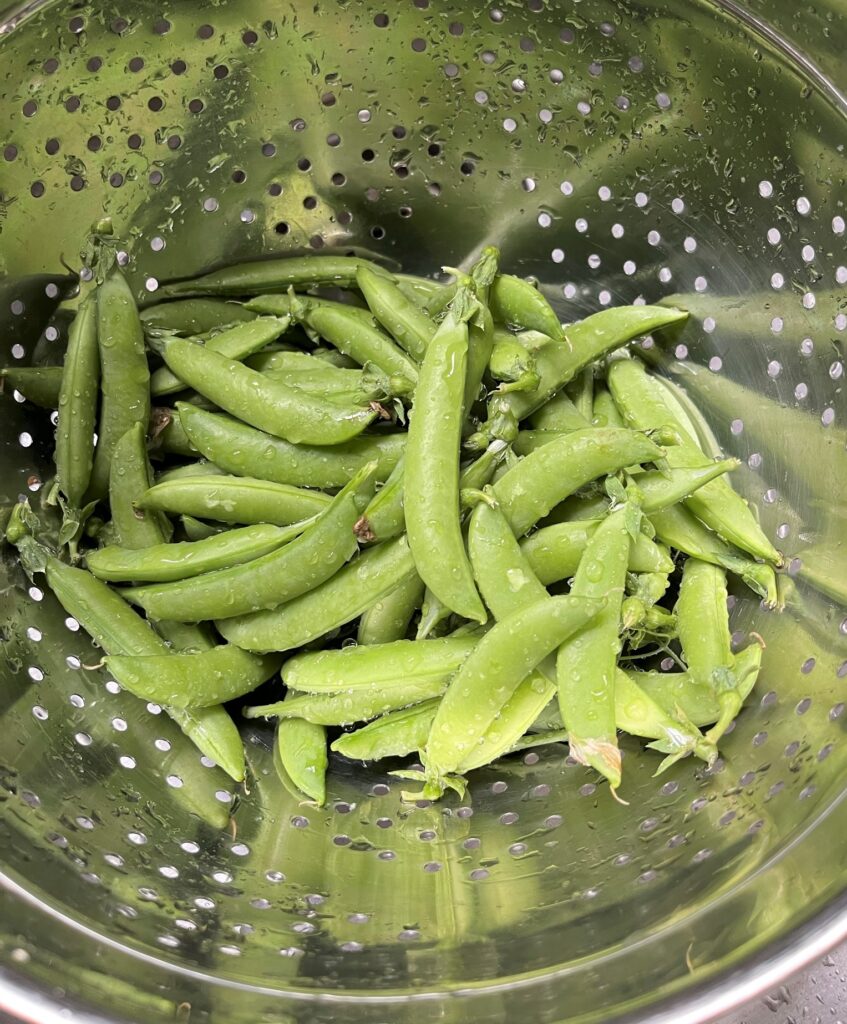
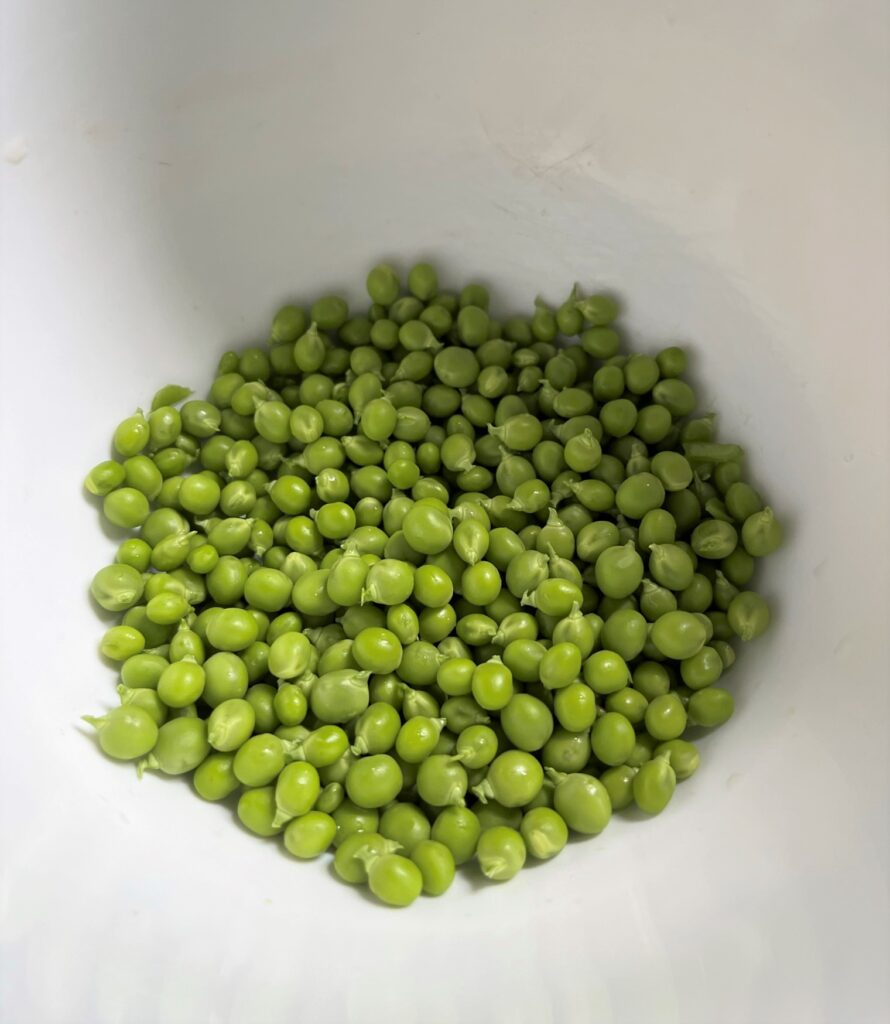
This dish was outstanding. My son really loved it, and I could see small children really loving it. Risotto is so comforting to eat.
Now this is not a quick in-and-out kind of cooking. You need to take your time and enjoy the process. By process, I mean stirring. Also, shelling the peas is not a speedy kind of task. Embrace it, baby.
This recipe comes from a really cool cookbook I have called Polpo. It is written by a Brit, so the measurements are in grams and liters. I will provide the American translations to ease the situation for my fellow U.S. cooks.
This dish is so amazing simply because of its simplicity. Fresh peas were an eye-opener to my taste buds. They are so much crisper and sweeter than their frozen brethren. I hope you get to make this magic!
I went vegetarian and did not use pancetta. I use Arborio rice although the author of the recipe recommends carnaroli. I cut this recipe in half as I only have three peeps in my fam. The recipe makes enough for six. Here it is straight from the cookbook, which is totally amazing!
Risi e Bisi
Course: Main, SidesCuisine: ItalianDifficulty: Medium6
servings30
minutes45
minutesIngredients
2 kg (4.4 lbs) fresh peas in their pods
2 onions, 1 cut in half and 1 finely chopped
Flaky sea salt and black pepper
50 ml (3 Tbsp.) extra virgin olive oil
60g (4 Tbsp.) unsalted butter
150g (5 ounces) small pancetta lardons (optional)
400 g (14 ounces) risotto rice – carnaroli is best
1 handful of mint leaves, chopped
1 handful of flat parsley leaves, chopped
1 large handful of grated Parmesan
Directions
- Shell the peas in advance because you are going to make a simple stock with empty pods. In a large pan, bring 2.5 litres of water to the boil. When all the peas are shelled, place the pods (but not the peas) in the pan with the halved onion. (Move the freshly podded peas to one side, out of temptation’s way.) Bring the pods to the boil for only a minute or two and then take off the heat. Remove and discard the pods. Now you have your stock for making the risotto.
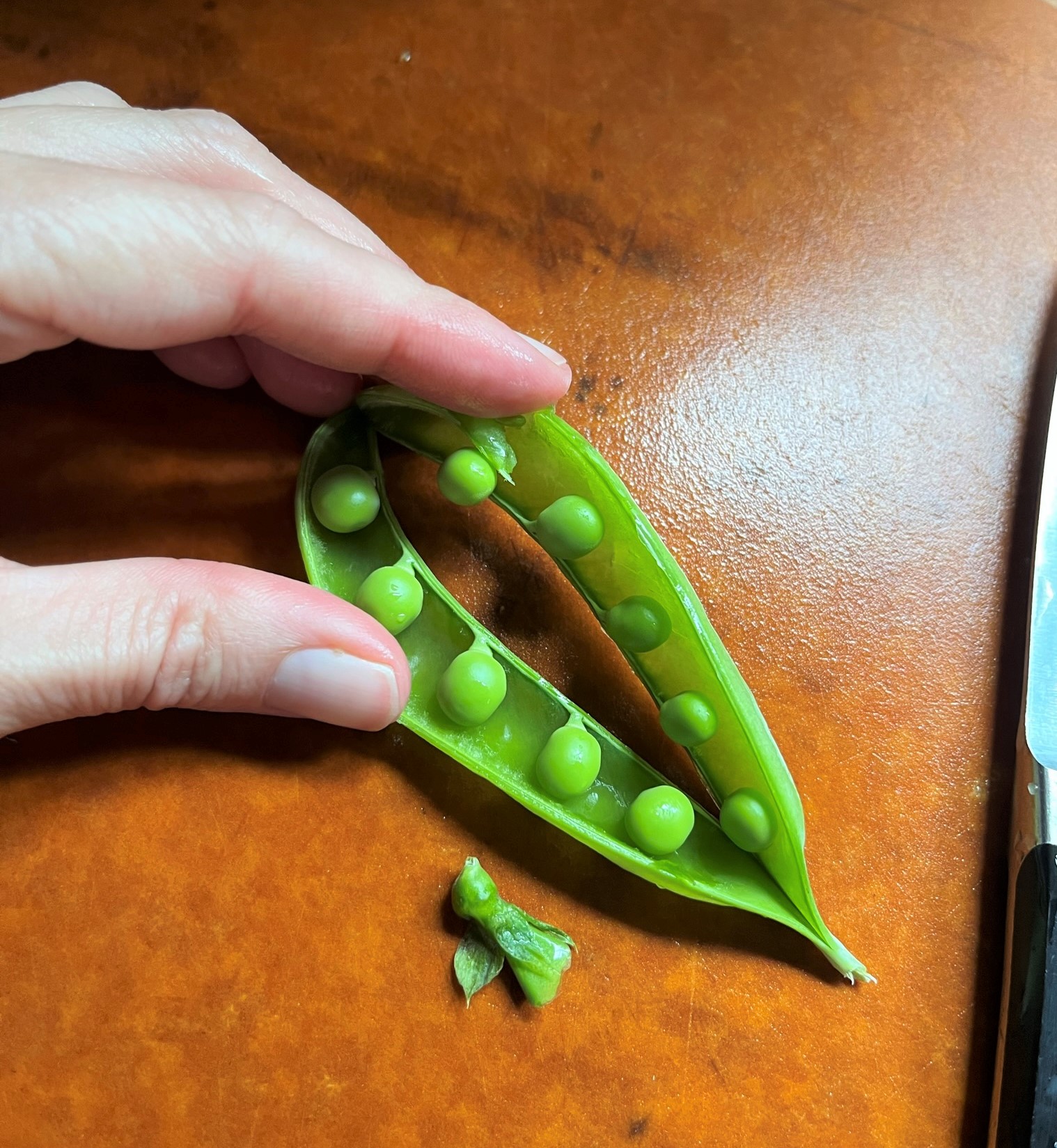
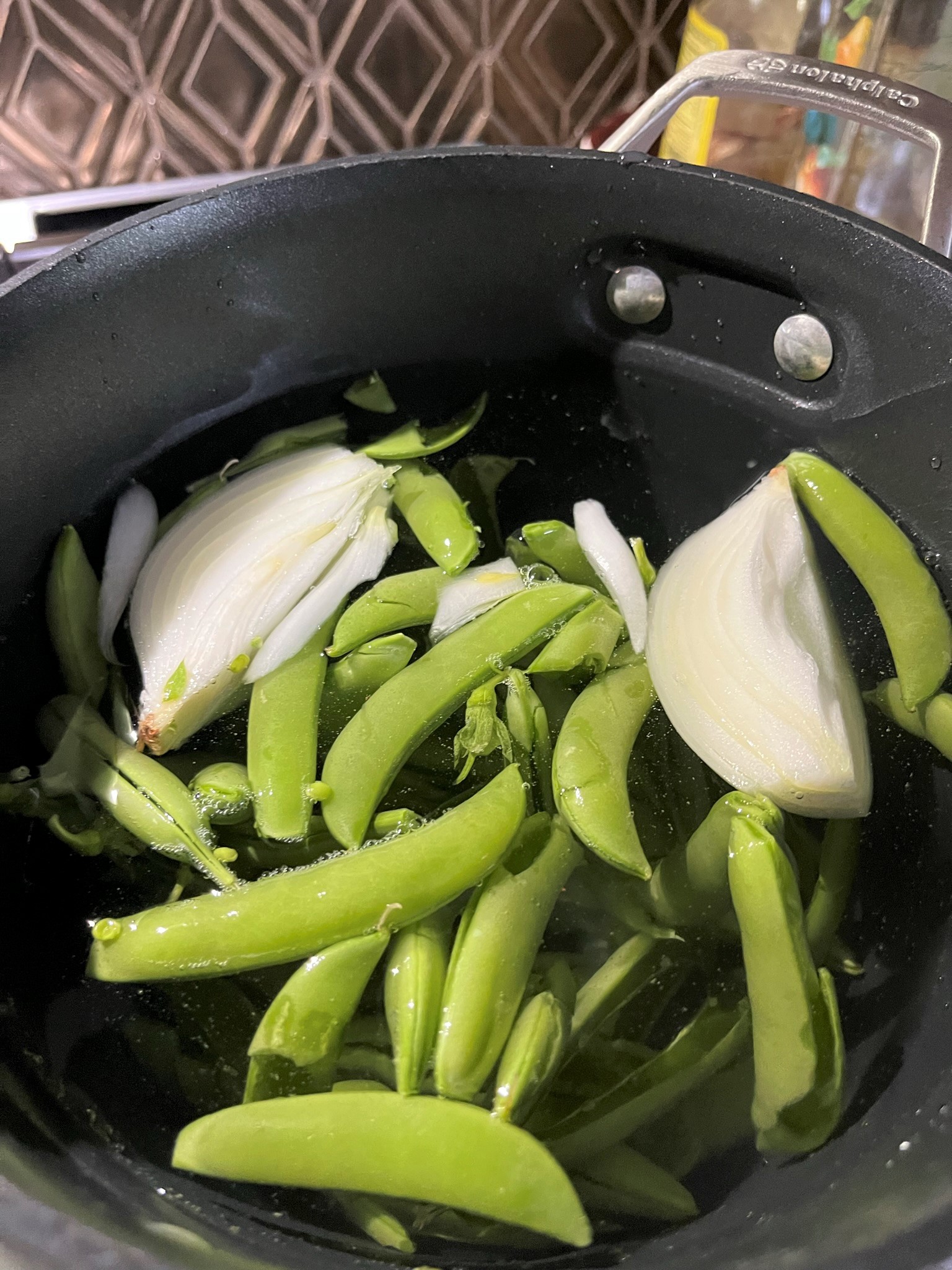
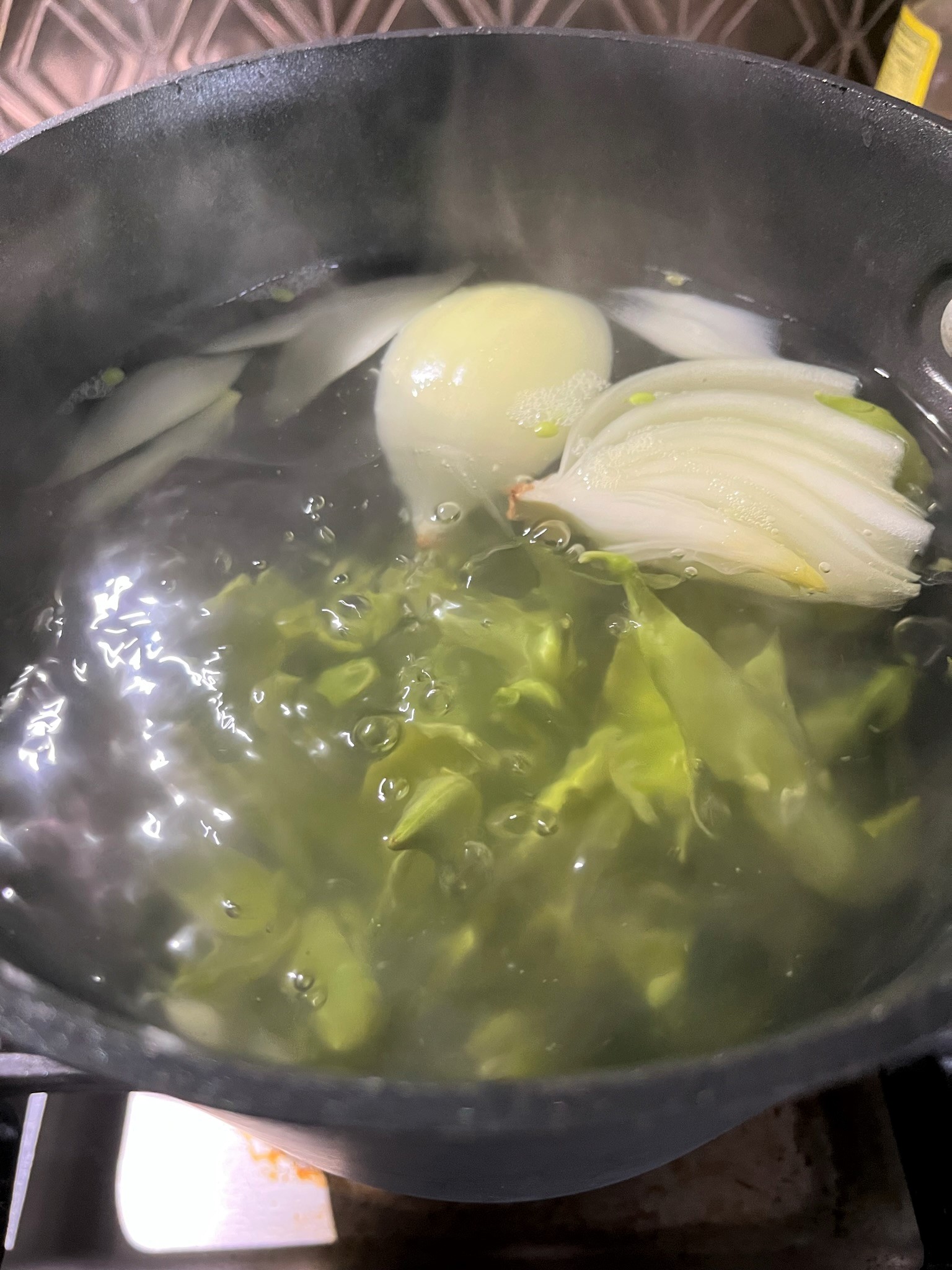
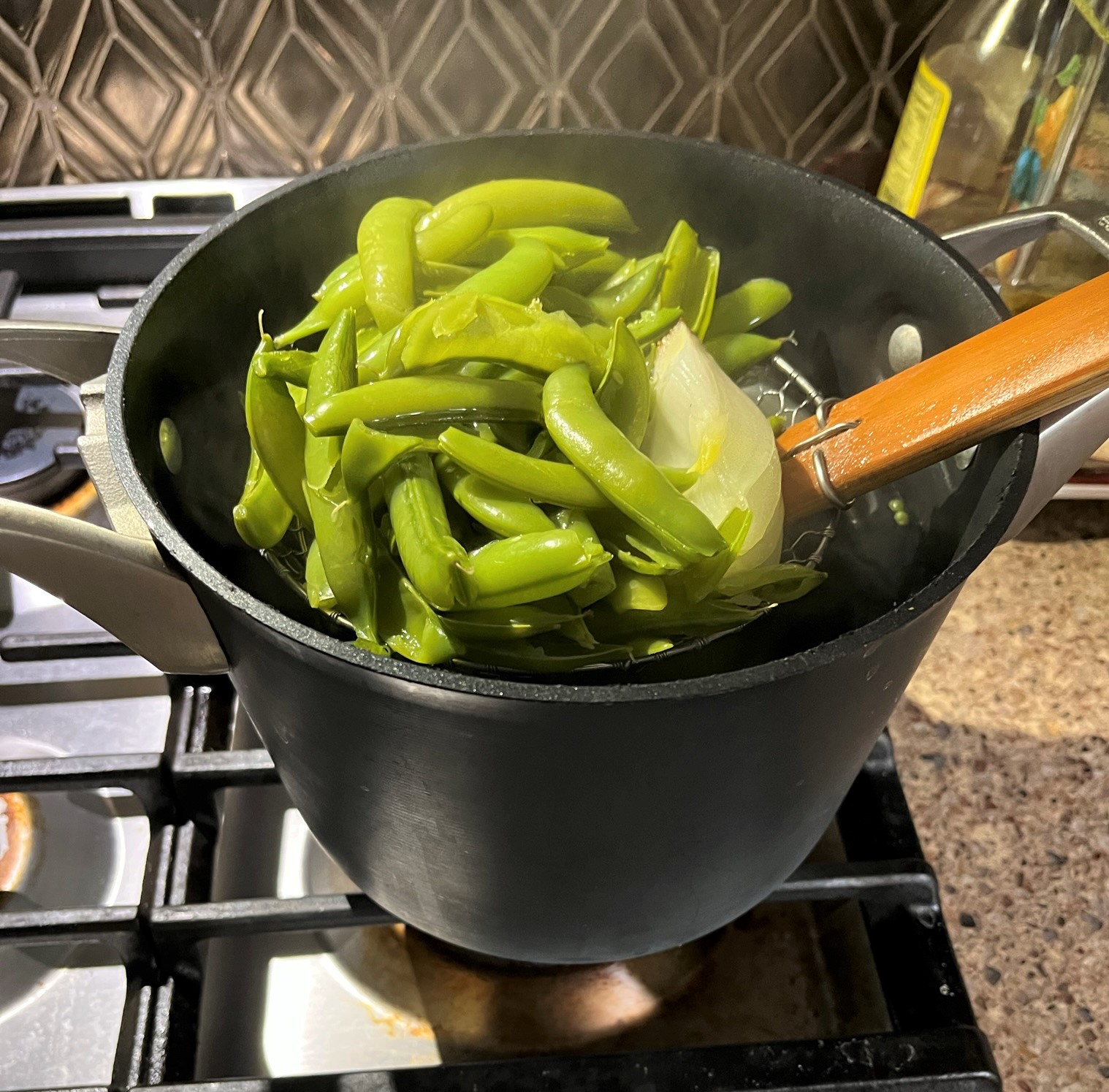
- Sweat the finely chopped onion with a few pinches of salt in the olive oil and half the butter in a heavy-based pan. This should be a slow process on a low heat – you don’t want it to turn brown at all. The onion should become clear, shiny and translucent. Add the pancetta lardons, if using, and continue to saute for a few minutes. Add a twist of black pepper.
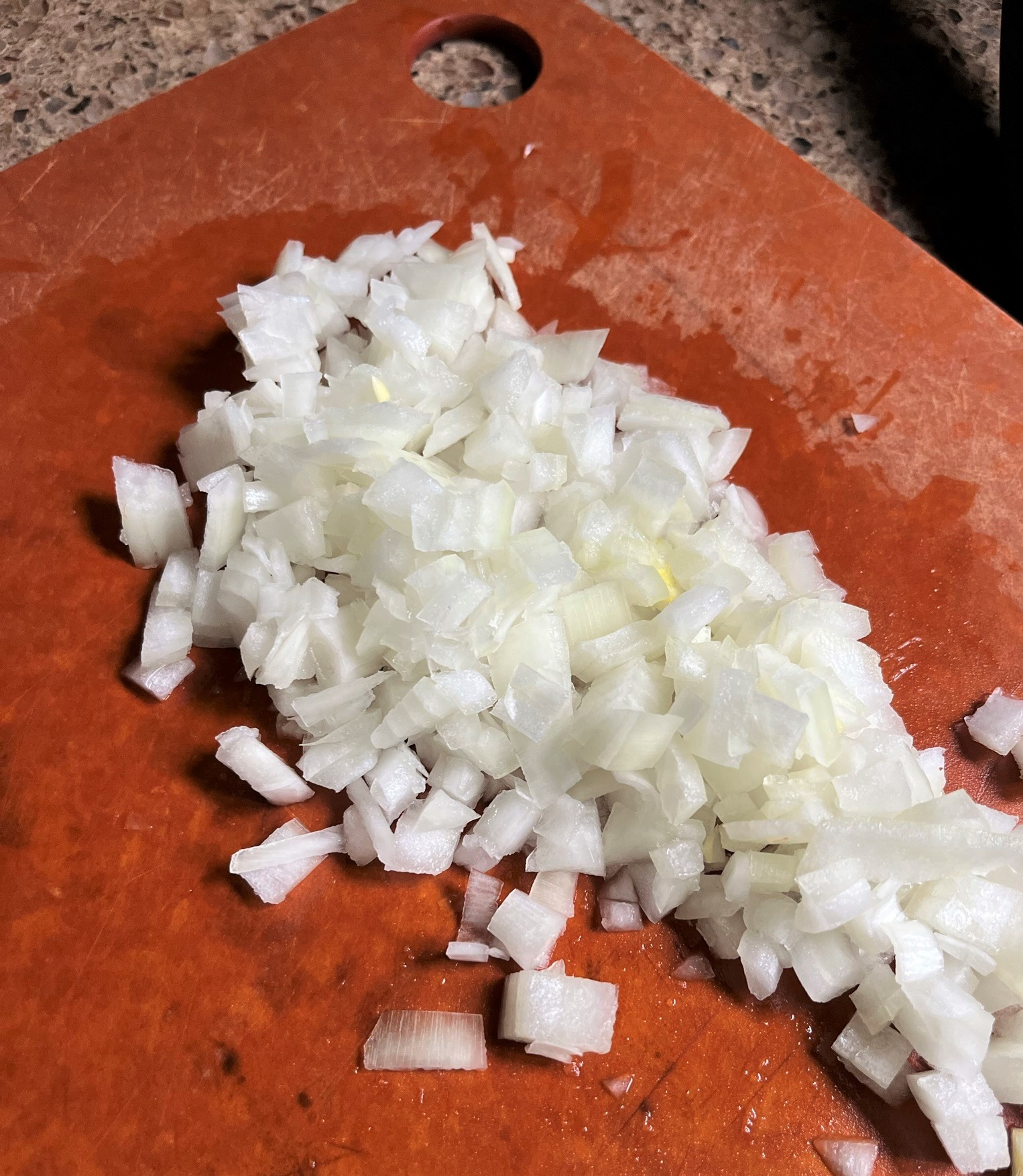
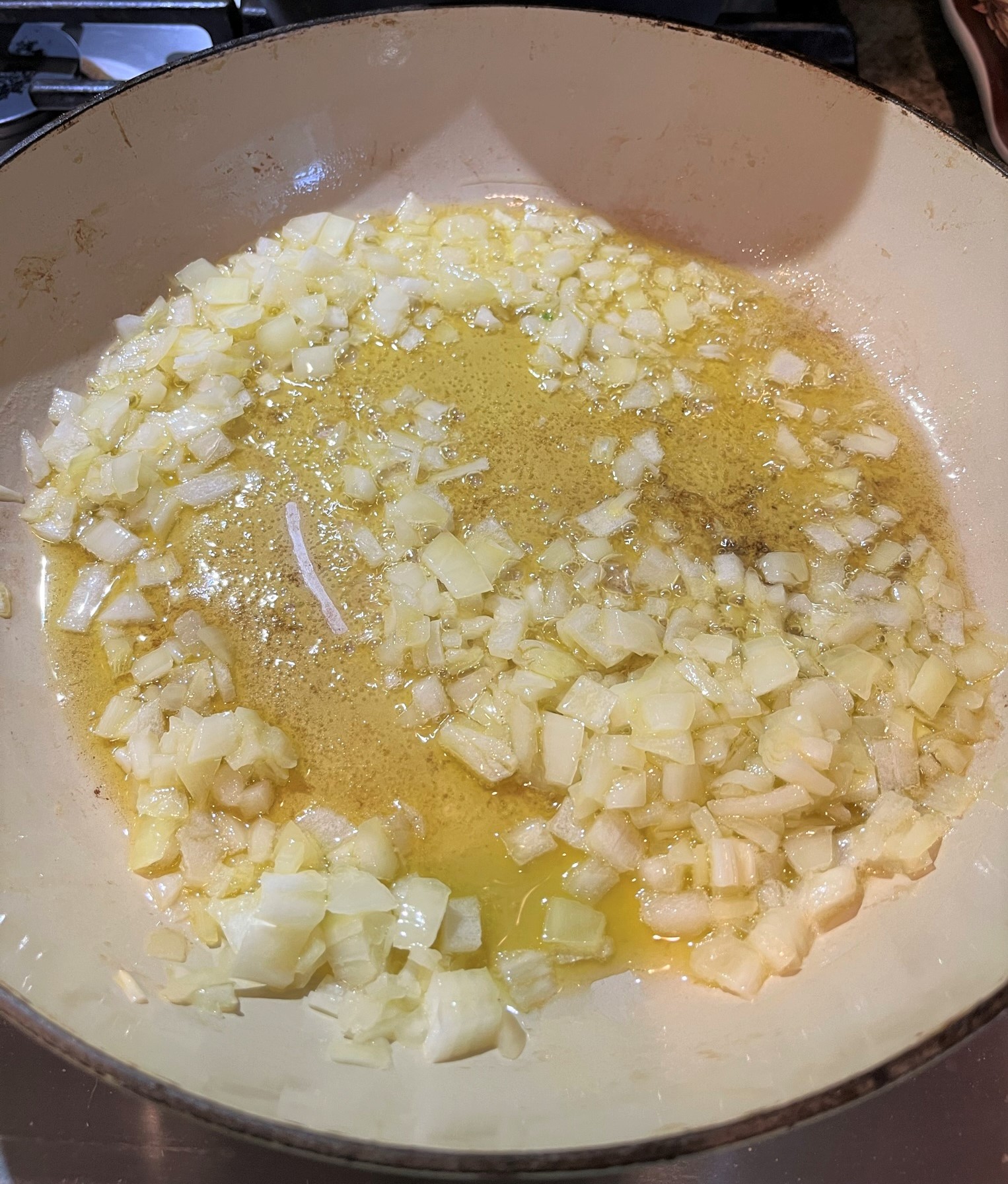
- Now add the rice and stir slowly for 2 minutes. You want to coat every grain in the oil and butter so that everything looks glossy and nothing is sticking. With a large ladle, put just enough stock in the pan to cover everything but not drown it. The contents will let off a satisfying hiss and a cloud of steam. This first ladleful will be absorbed and evaporate very quickly. Add another. If the pan continues to bubble, the heat is too high. Turn it down and stir slowly.
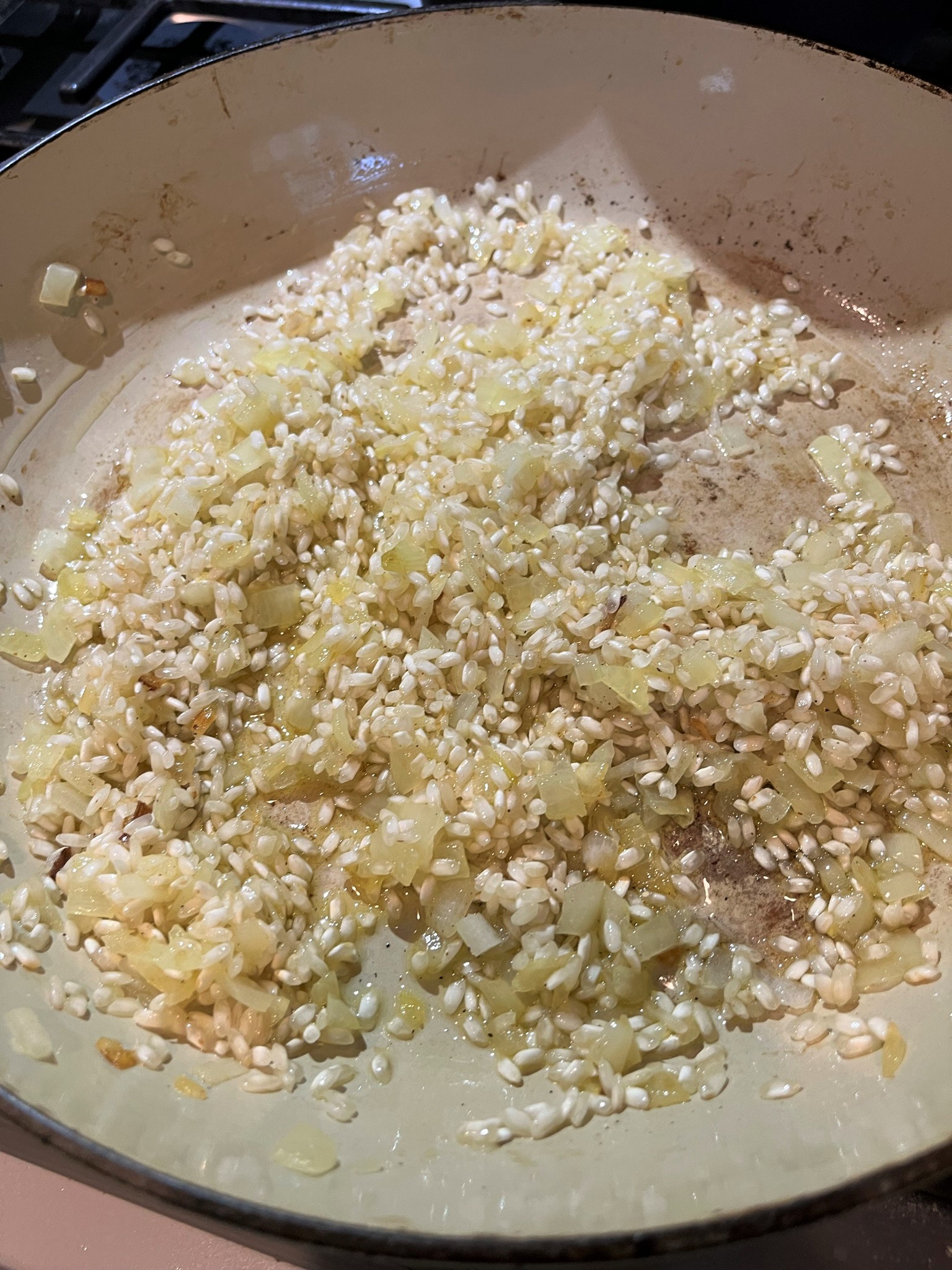
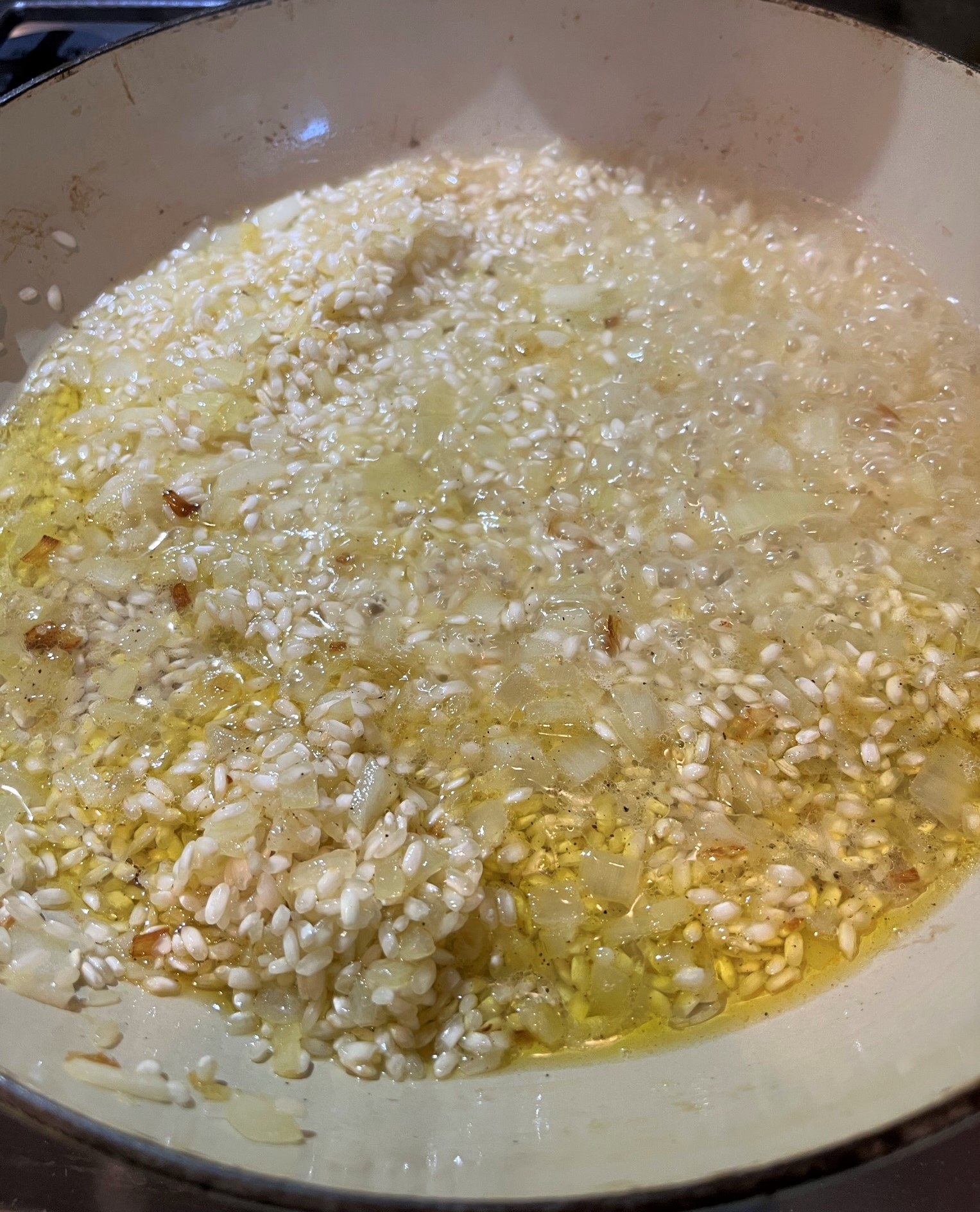
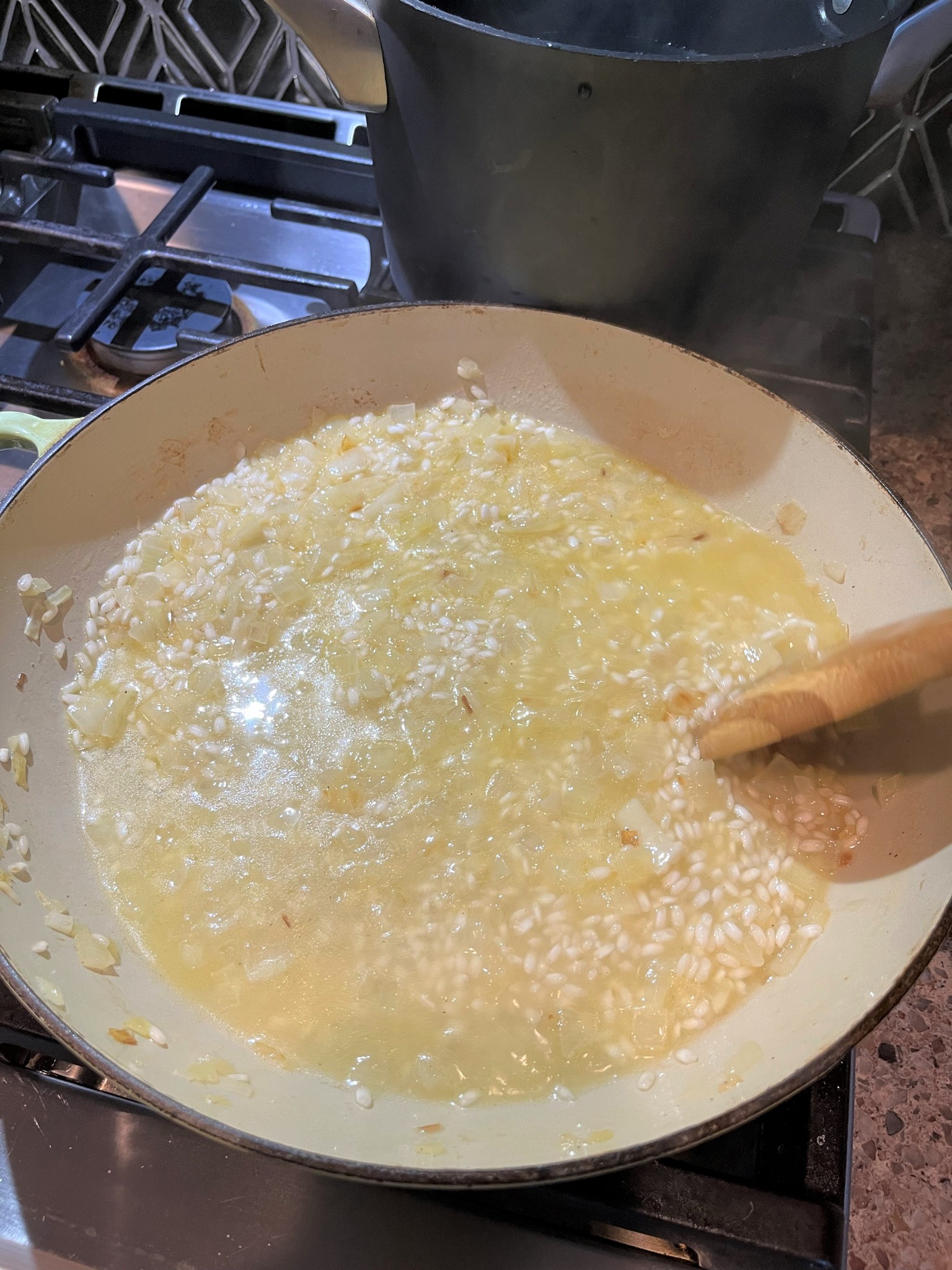
- For the next 15 minutes or so you should continue to stir slowly and add a ladleful of stock every time the rice looks less than wet. You are continually letting the rice absorb the liquid and allowing the grains to release the starch. Towards the end, add the peas, half the chopped mint and half the chopped parsley. Taste and add more salt if needed, but not too much. Remember that the Parmesan will add a little salt to the balance.

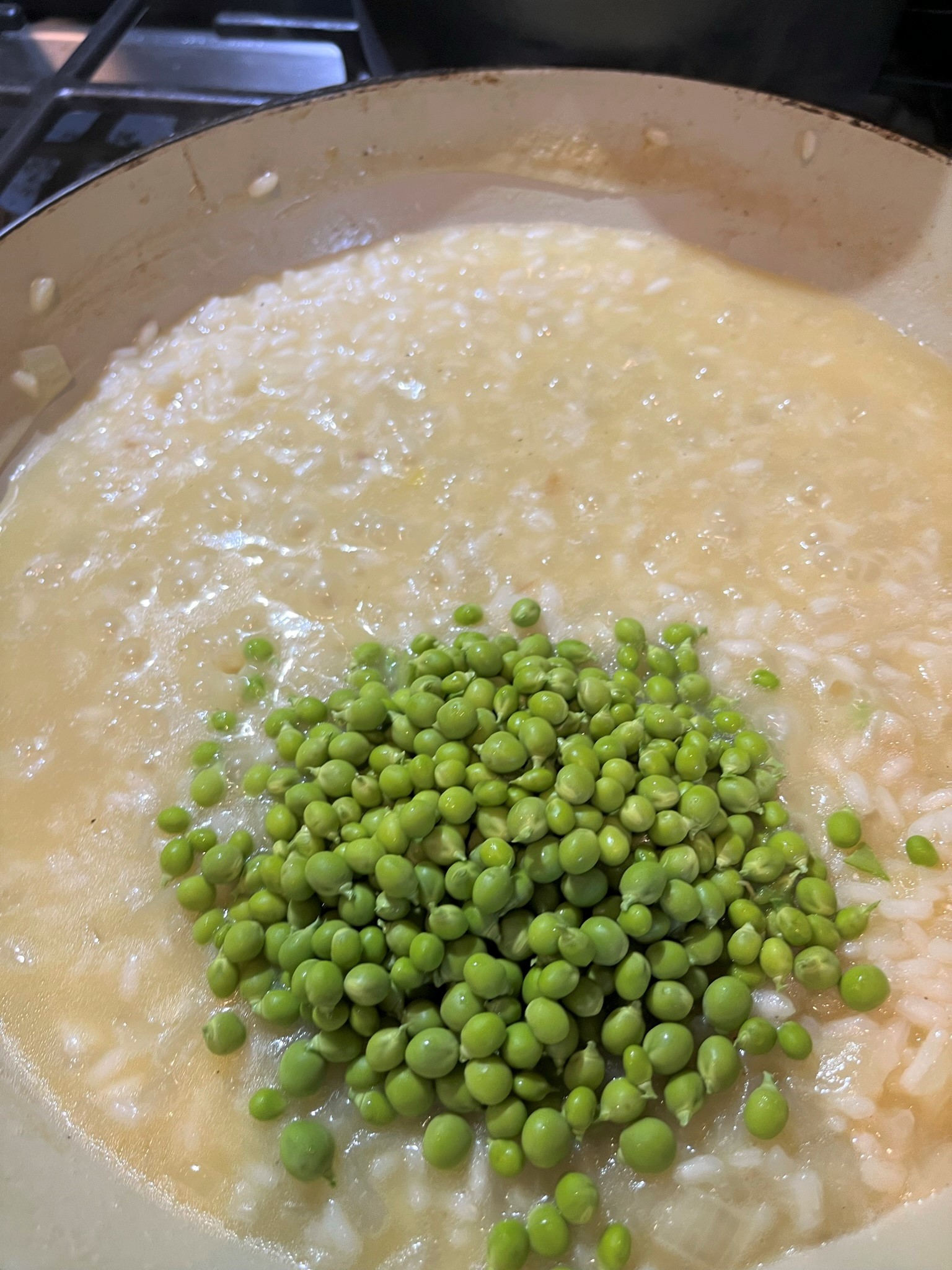
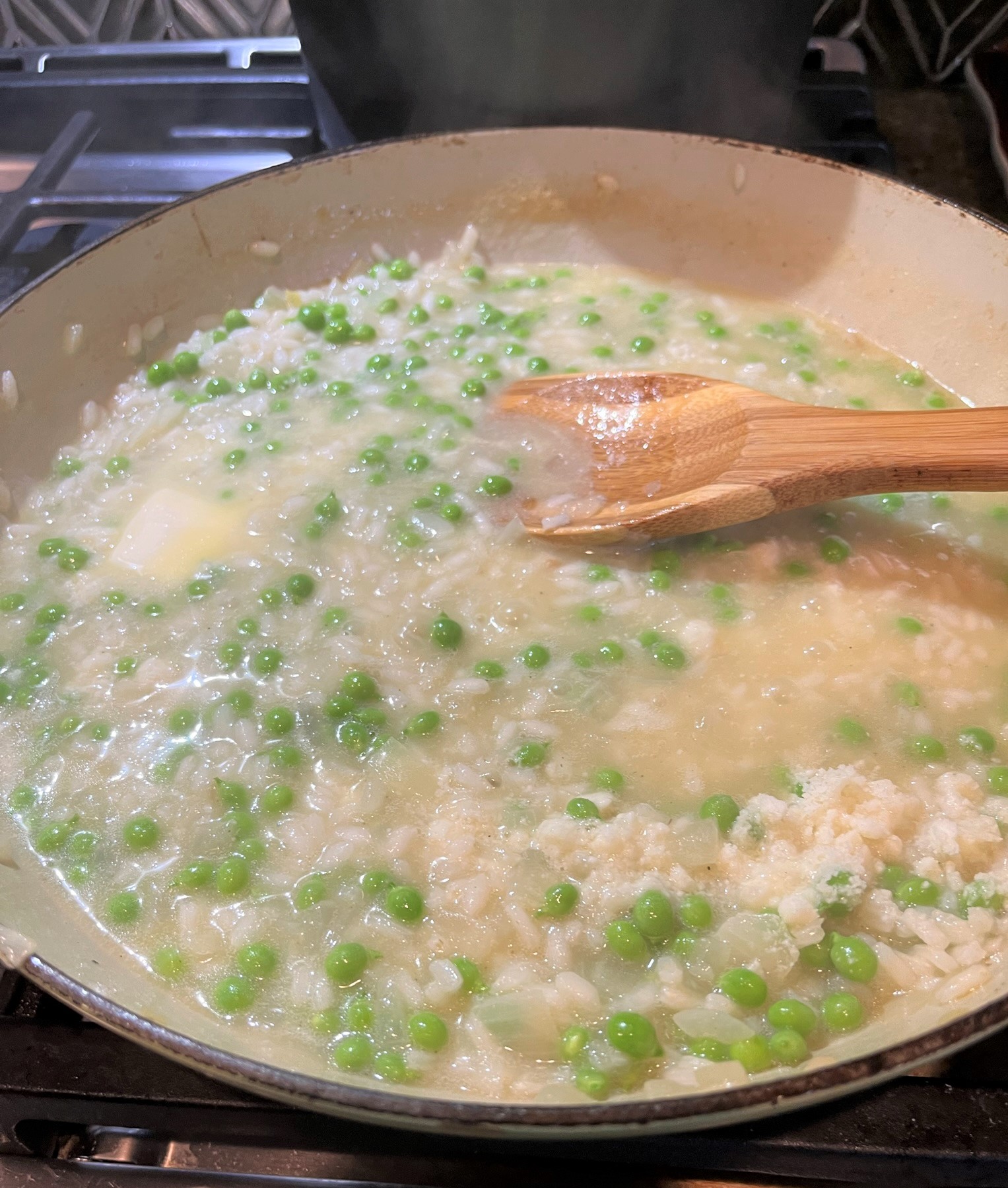
- Don’t be a slave to the clock; taste your grains to know when they are done. They should still have a little bite to them. When they are ready, make sure the mixture is nice and runny. Unlike a regular risotto, Risi e Bisi should be more liquid, rather like a thick soup. Take off the heat. Gently stir in the Parmesan, the remaining butter, mint and parsley. Cover the pan and let it rest for a few minutes, and then serve in wide shallow bowls.
